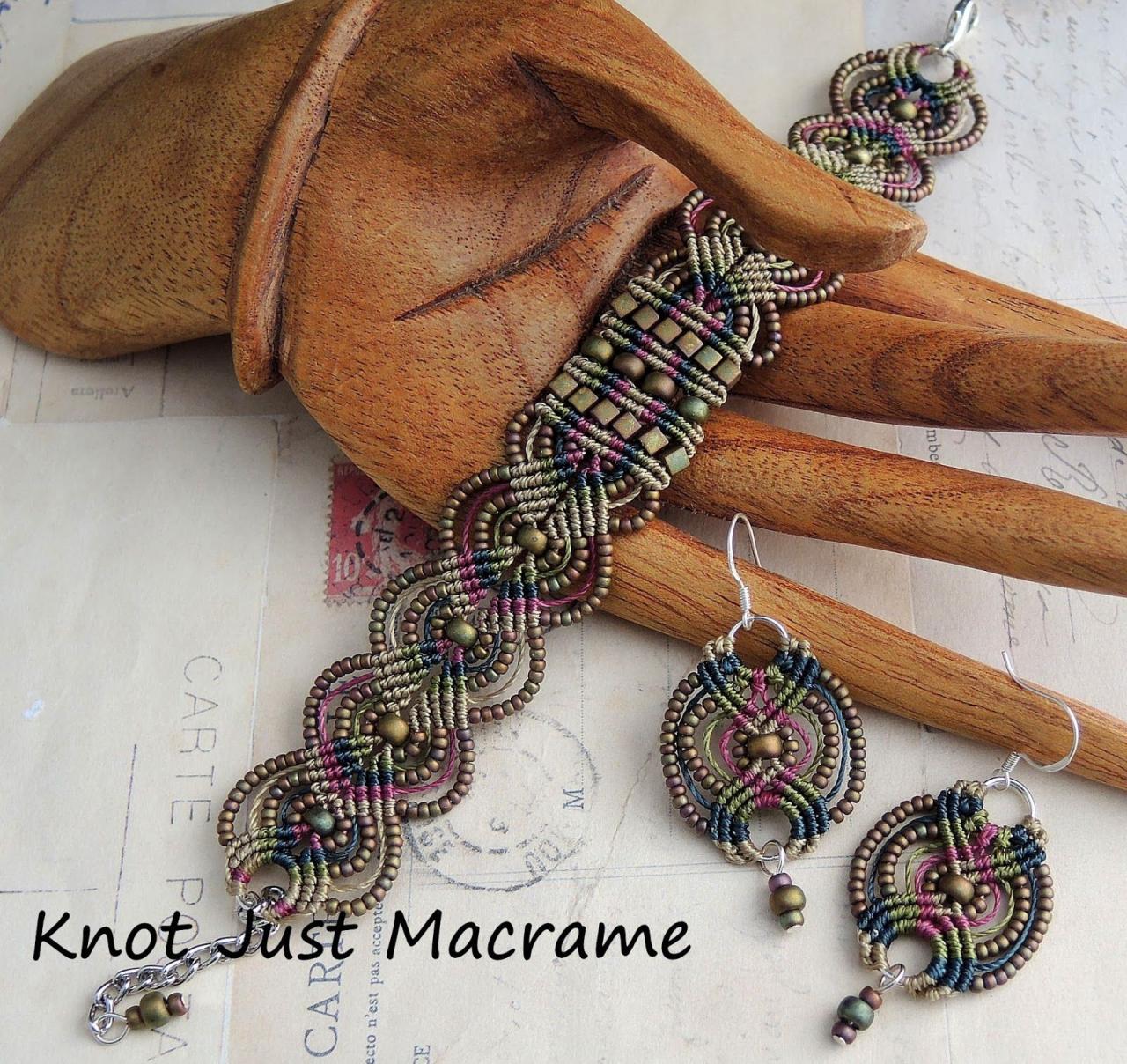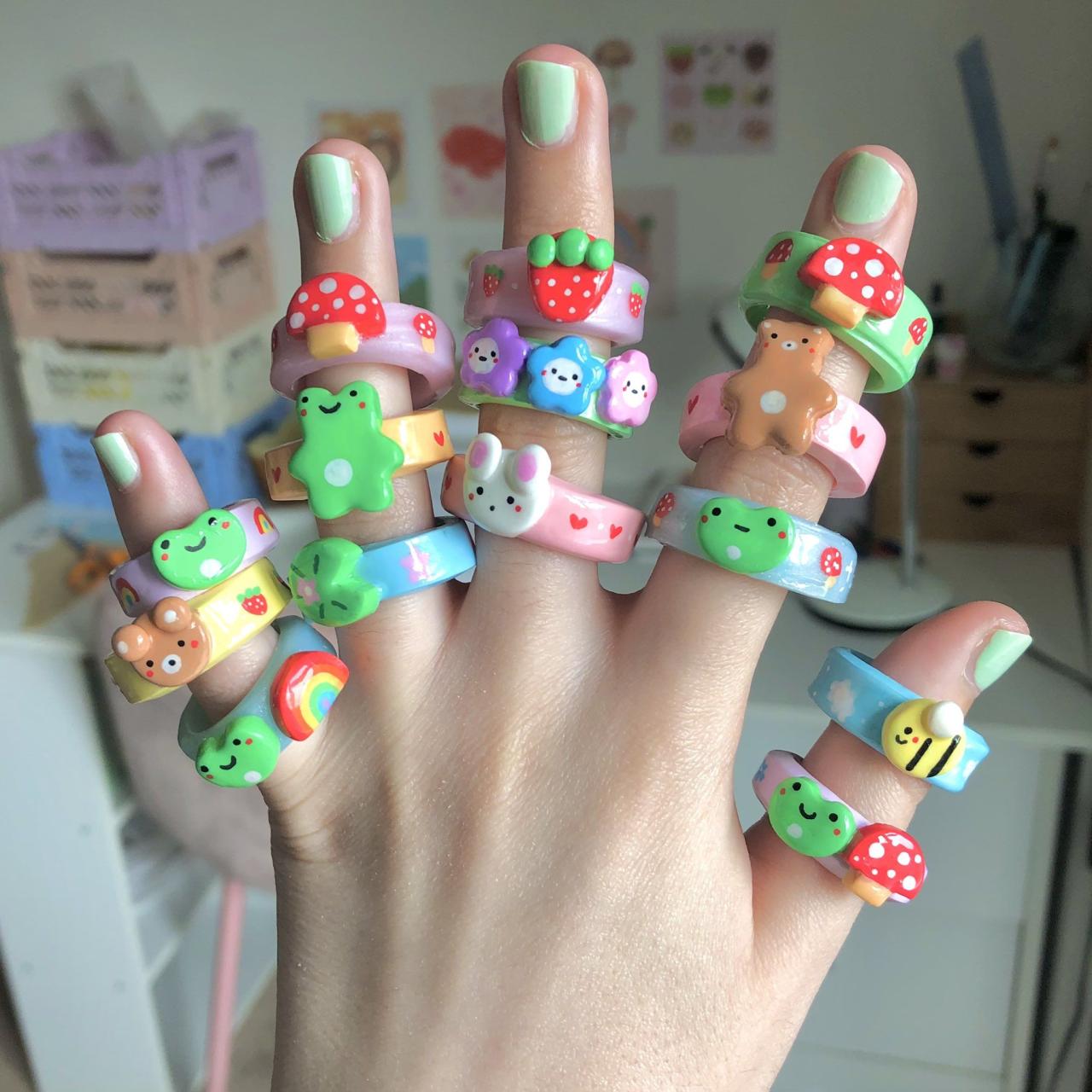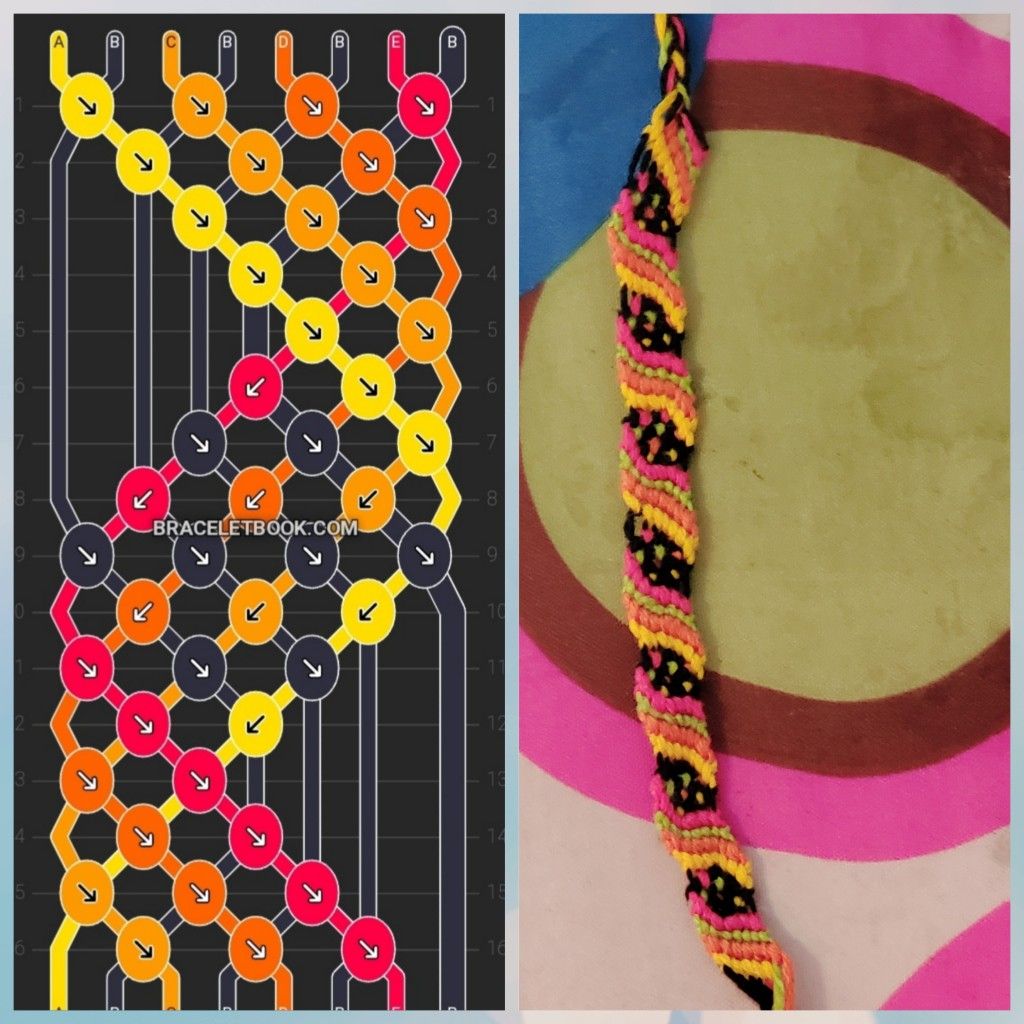8 Easy Paper Flowers is your gateway to a world of creative possibilities, offering a delightful way to add a touch of beauty and charm to your surroundings. Paper flowers are a versatile and affordable craft that can be enjoyed by people of all ages and skill levels. Whether you’re looking to create stunning centerpieces for your next event, decorate your home with unique floral arrangements, or simply indulge in a relaxing and rewarding hobby, paper flowers are the perfect choice.
This guide will walk you through the basics of paper flower crafting, from choosing the right materials and tools to mastering essential folding and cutting techniques. You’ll discover eight easy paper flower projects that are perfect for beginners, each with clear instructions and helpful tips. We’ll also explore ways to add realism and detail to your creations, along with creative ideas for arranging and displaying your paper flowers.
Basic Materials and Tools: 8 Easy Paper Flowers
This section will Artikel the essential materials and tools required for creating beautiful and easy paper flowers. The list includes both commonly available items and alternative options for those who may not have access to specific materials.
Essential Materials and Tools
The following table Artikels the essential materials and tools required for creating paper flowers:
| Material/Tool | Purpose | Alternative |
|---|---|---|
| Paper | The foundation of your flower. Choose paper with a good weight and texture for durability and visual appeal. | Cardstock, construction paper, tissue paper, wrapping paper, magazine pages, or even old maps can be used as alternatives. |
| Scissors | Essential for cutting the paper into desired shapes and sizes. | Sharp craft knife, rotary cutter, or even a pair of kitchen shears can be used as alternatives. |
| Glue | Used to secure the different parts of the flower together. | Double-sided tape, glue stick, hot glue gun, or even a bit of water can be used as alternatives. |
| Wire | Provides structure and support for the flower stem. | Wooden skewers, straws, or even sturdy twigs can be used as alternatives. |
| Ruler | Helps to measure and create precise cuts and folds. | A measuring tape or even a straight edge can be used as alternatives. |
| Pencil | Used for marking and drawing on the paper. | A pen, marker, or even a piece of chalk can be used as alternatives. |
| Floral tape | Used to wrap and secure the wire stem, providing a natural look and feel. | Masking tape, electrical tape, or even thin strips of fabric can be used as alternatives. |
Arranging and Displaying Paper Flowers
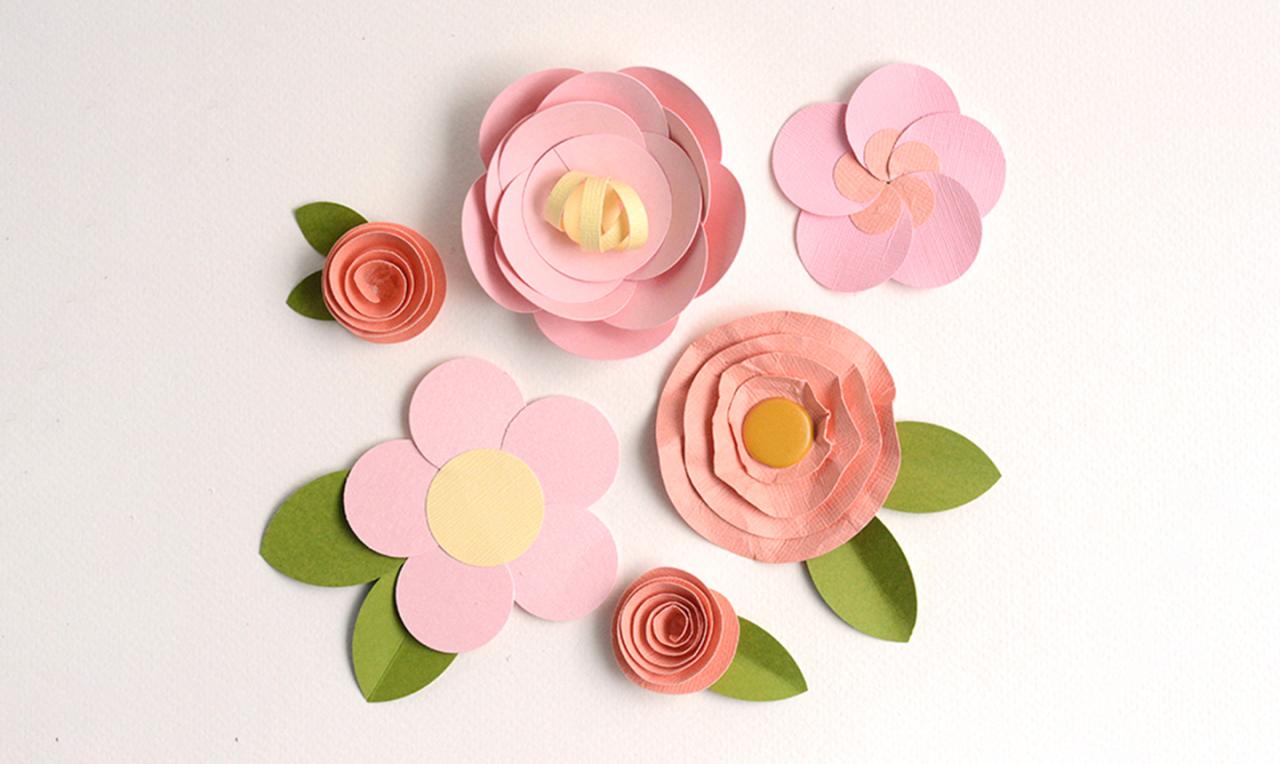
Once you have created your beautiful paper flowers, it is time to arrange them into stunning displays. The way you arrange your paper flowers can significantly impact their overall aesthetic appeal. You can explore a wide range of creative options to showcase your paper flower creations.
Bouquets
Bouquets are a classic way to arrange paper flowers. You can create a simple bouquet with a few flowers or a more elaborate arrangement with many different types of flowers.
When creating a bouquet, consider the following:
- Color scheme: Choose a color scheme that complements the flowers and the occasion. You can use a single color or a variety of colors to create a more vibrant and interesting bouquet.
- Flower types: Use a variety of flower types and sizes to add visual interest. You can also use different textures and patterns to create a unique bouquet.
- Vase: Choose a vase that complements the flowers and the occasion. You can use a simple glass vase or a more decorative vase.
Wreaths
Wreaths are a beautiful way to display paper flowers. They can be used for special occasions, such as weddings and birthdays, or simply as a decorative element in your home.
When creating a wreath, consider the following:
- Base: Choose a wreath base that is the right size and shape for your flowers. You can use a wire wreath base, a foam wreath base, or a grapevine wreath base.
- Flowers: Choose flowers that will complement the wreath base and the occasion. You can use a variety of flower types and sizes to create a unique wreath.
- Accessories: You can add accessories to your wreath, such as ribbons, bows, and beads, to create a more personalized look.
Centerpieces
Centerpieces are a great way to add a touch of elegance and beauty to your table. You can create a simple centerpiece with a few flowers or a more elaborate arrangement with many different types of flowers.
When creating a centerpiece, consider the following:
- Height: Choose a height that is appropriate for your table. You don’t want the centerpiece to be too tall or too short.
- Shape: Choose a shape that complements the table and the occasion. You can use a round, square, or rectangular centerpiece.
- Container: Choose a container that complements the flowers and the occasion. You can use a vase, a bowl, or a basket.
Choosing Containers and Backgrounds
The container and background you choose can significantly impact the overall look of your paper flower arrangement.
When choosing a container, consider the following:
- Color: Choose a color that complements the flowers and the occasion.
- Shape: Choose a shape that complements the flowers and the occasion.
- Material: Choose a material that is durable and appropriate for the occasion.
When choosing a background, consider the following:
- Color: Choose a color that complements the flowers and the container.
- Texture: Choose a texture that complements the flowers and the container.
- Pattern: Choose a pattern that complements the flowers and the container.
Tips for Creating Visually Appealing Arrangements
Here are some tips for creating visually appealing arrangements of paper flowers:
- Use a variety of flower types and sizes. This will add visual interest and prevent your arrangement from looking too monotonous.
- Use a variety of colors. This will create a more vibrant and interesting arrangement.
- Use different textures and patterns. This will add depth and dimension to your arrangement.
- Pay attention to the overall shape and balance of your arrangement. Make sure that the flowers are arranged in a way that is pleasing to the eye.
- Use accessories to add a personal touch. You can use ribbons, bows, beads, and other decorative elements to create a unique arrangement.
Tips for Success
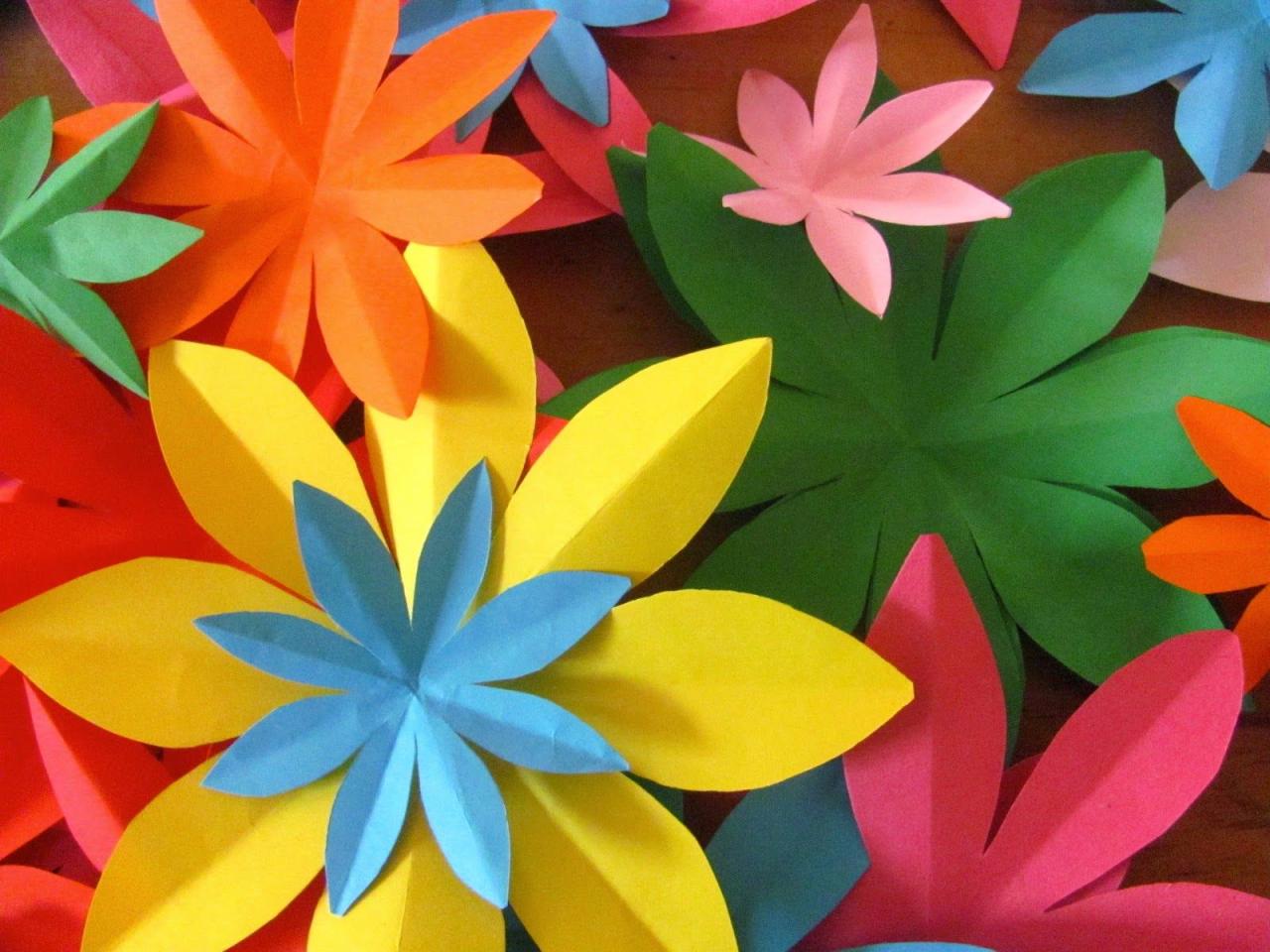
Creating paper flowers can be a rewarding experience, and with a few helpful tips, you can ensure your projects are beautiful and enjoyable. Here’s a guide to help you navigate the process and overcome any challenges you might encounter.
Setting Up Your Workspace
A well-organized workspace is essential for successful paper flower crafting.
- Choose a well-lit area with ample space to spread out your materials. Adequate lighting will allow you to see the details of your work clearly and prevent eye strain.
- Use a flat, stable surface to work on. This will prevent your materials from slipping and ensure your flowers maintain their shape.
- Keep your tools and supplies organized within reach. This will save you time and effort as you work.
Using the Right Tools, 8 easy paper flowers
The right tools can make a significant difference in the quality of your paper flowers.
- Sharp scissors are crucial for precise cuts and clean edges. Dull scissors can tear the paper and create uneven petals.
- A ruler and pencil are helpful for measuring and marking paper for consistent flower shapes.
- A bone folder is a useful tool for scoring paper and creating creases for more realistic petals.
- Use a good quality glue stick or craft glue for strong and reliable adhesion.
Troubleshooting Common Issues
Even experienced crafters encounter challenges. Here’s how to address some common problems:
- Uneven petals can result from using dull scissors or not cutting along the lines precisely. Carefully trim any uneven edges with sharp scissors.
- Messy glue can be avoided by using a glue stick or applying glue sparingly. If glue seeps out, gently wipe it away with a damp cloth before it dries.
- Fading colors can be prevented by using high-quality paper and avoiding direct sunlight exposure. You can also consider using archival-quality spray sealant to protect your flowers from fading.
Experimenting and Expressing Creativity
Paper flowers are a versatile craft that allows for endless possibilities. Don’t be afraid to experiment with different paper types, colors, and techniques.
- Try using patterned paper, tissue paper, or even recycled materials to create unique textures and effects.
- Experiment with different glue application techniques, such as layering glue for dimension or using glue dots for precise placement.
- Explore different flower arrangements, such as bouquets, wreaths, or even paper flower sculptures.
Epilogue
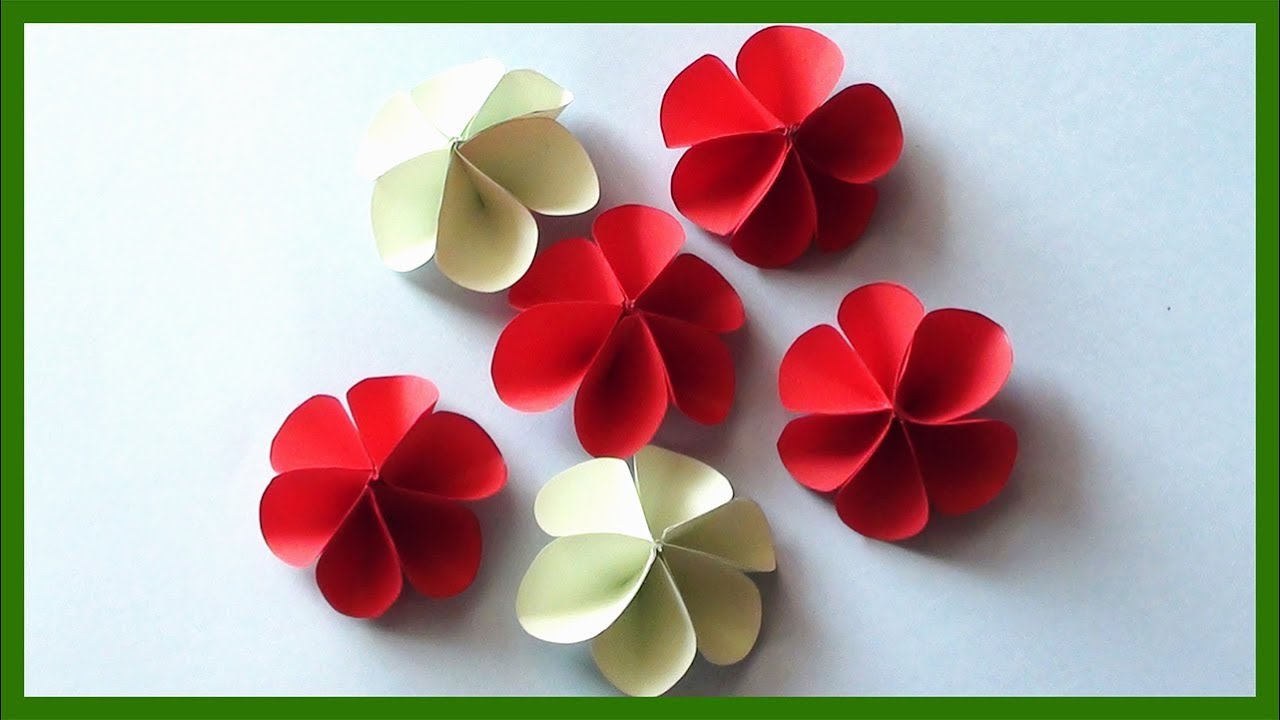
So, grab your paper, scissors, and a touch of creativity and embark on a journey of floral artistry with 8 Easy Paper Flowers. With a little practice and imagination, you’ll be amazed at the beautiful and unique paper flowers you can create. From simple blooms to intricate arrangements, the possibilities are endless, allowing you to express your personal style and add a touch of handcrafted elegance to any occasion.

